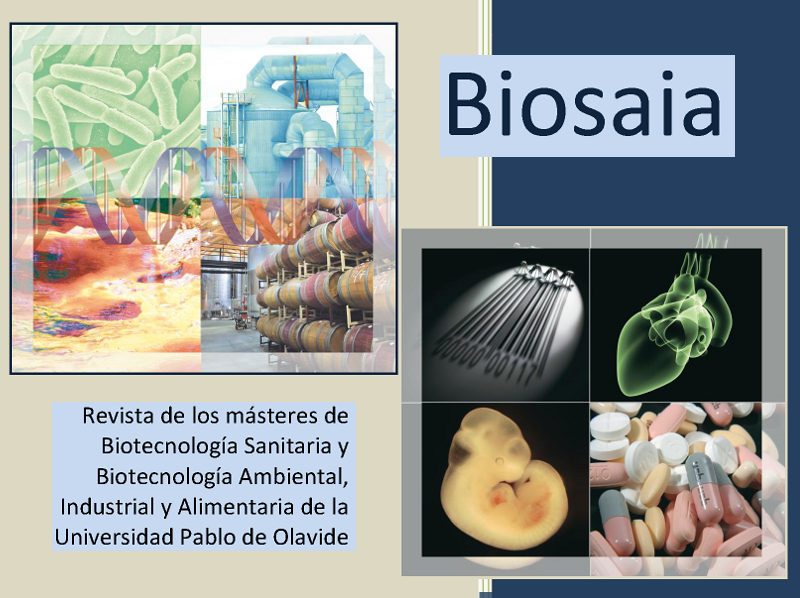Legumes in biodiversity-based farming systems in Mediterranean basin
Resumen
Legumes belong to the Leguminosae family and have been known for their use since ancient times as a source of food and as fodder plants. Many legume genera establish a symbiotic relationship with soil bacteria called rhizobia. This relationship gives rise to the formation in the roots of specialized structures called nodules, where atmospheric nitrogen is fixed. The agricultural advantages of this symbiosis are numerous. The aim of this work is to select Rhizobium strains on previously selected chickpea and lentil cultivars to determine their efficiency on BNF and, to assess the size of native lentil-specific Rhizobium populations in agricultural soils using the most probable number (MPN) technique [1].
Methods: Four chickpea and four lentil cultivars were used for the greenhouse trials and eight Rhizobium strains, four specific for chickpea and four for lentil, plus a control treatment (uninoculated). A nutrient solution lacking combined nitrogen was used for plant growth. The seeds, once germinated, were transferred to a sterile system [2]. Each seed was inoculated with 1 mL of the corresponding legume-specific Rhizobium cultures.
Results: In the case of chickpea, the cultivar with a tan color (5-RIL-33), unlike the rest with a cream color, has a higher number of nodules and, consequently, a greater dry weight of nodules than the rest of the cultivars, resulting in a bigger accumulation of biomass in the plants. Strain ISC11 shows the highest symbiotic efficiency with three (BT6-19, 5-RIL-33 and 5-RIL-98) of the four cultivars used in the greenhouse trials, being better, in the case of cultivar RR-98 "Kasin", strain ISC15. With respect to the MPN technique [3], in the case of chickpea, a native population of 26 rhizobia/g soil was estimated. For lentils, a native population of 1100 rhizobia/g soil was determined.
Conclusions: From these results, we can conclude that the use of inoculants considerably increases legume crop yields, avoiding the increasing and harmful use of chemical fertilizers. Moreover, in soils with native rhizobia populations higher than 100 rhizobia/g soil, the application of these inoculants is unnecessary due to the high competitiveness produced and, therefore, the inefficiency and economic loss that their use implies
Descargas
Citas
Somasegaran, P.S., Hoben, H.J. (1985) Methods in Legume-Rhizobium Technology. NifTAL/MIRCEN
Vincent, J.M. (1970) A Manual for the Practical Study of Root-Nodule Bacteria. Blackwell Scientifc Publications, Oxford, England.
Jarvis, B., Wilrich, C., P.-T., Wilrich (2010). Reconsideration of the derivation of Most Probable Numbers, their standard deviations, confidence bounds and rarity values. J. Appl. Microbiol. 109, 1660-1667.
Descargas
Publicado
Cómo citar
Número
Sección
Licencia
Derechos de autor 2022 Biosaia: Revista de los másteres de Biotecnología Sanitaria y Biotecnología Ambiental, Industrial y Alimentaria

Esta obra está bajo una licencia internacional Creative Commons Atribución-NoComercial-CompartirIgual 4.0.





